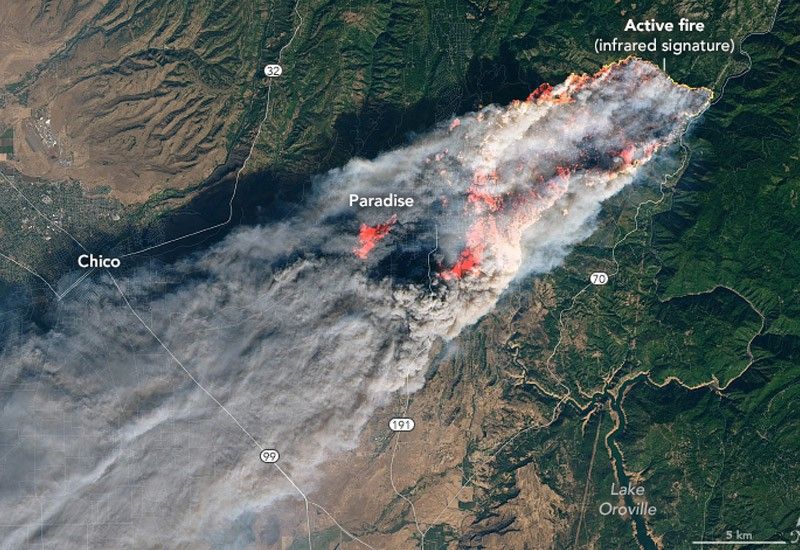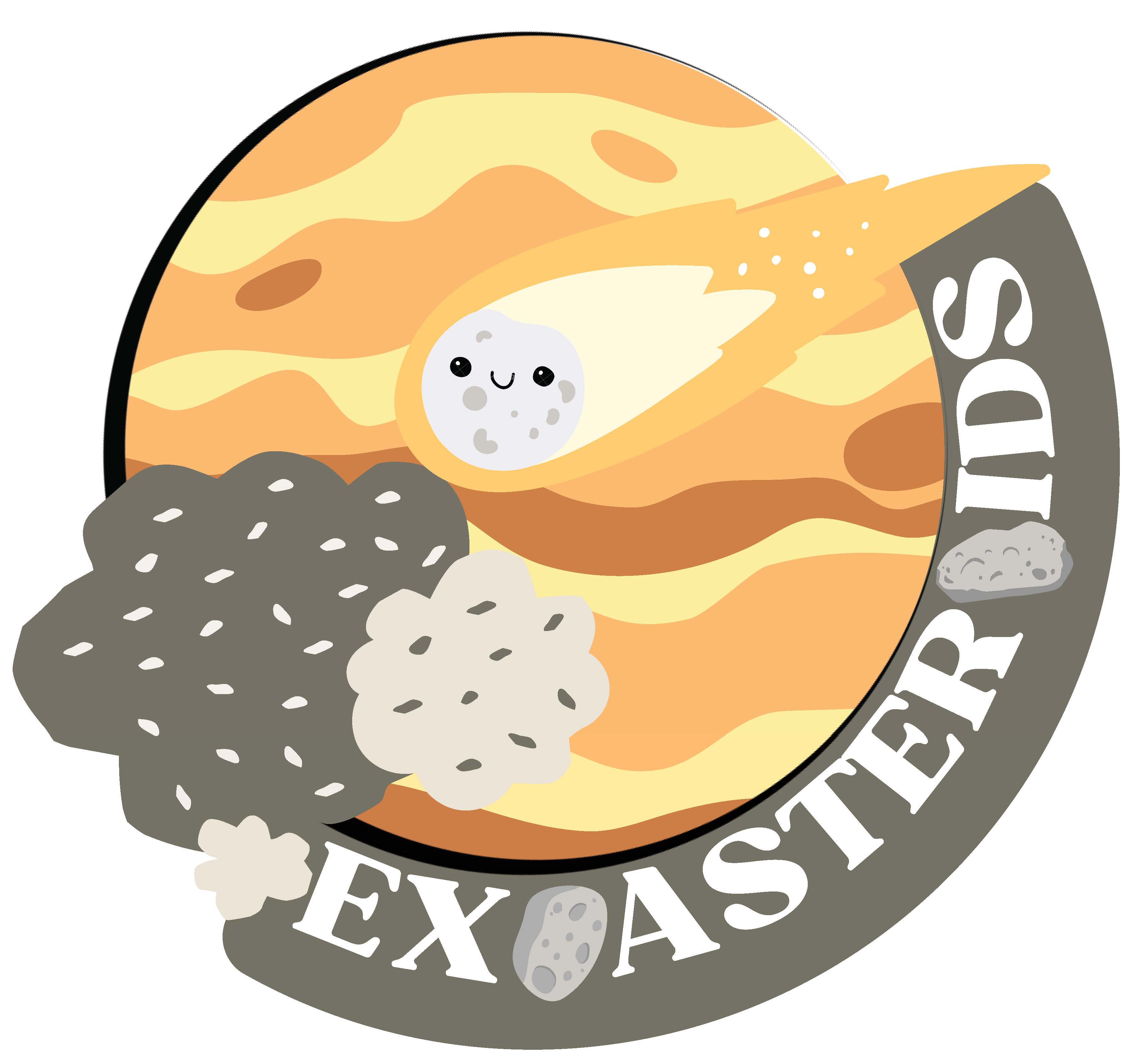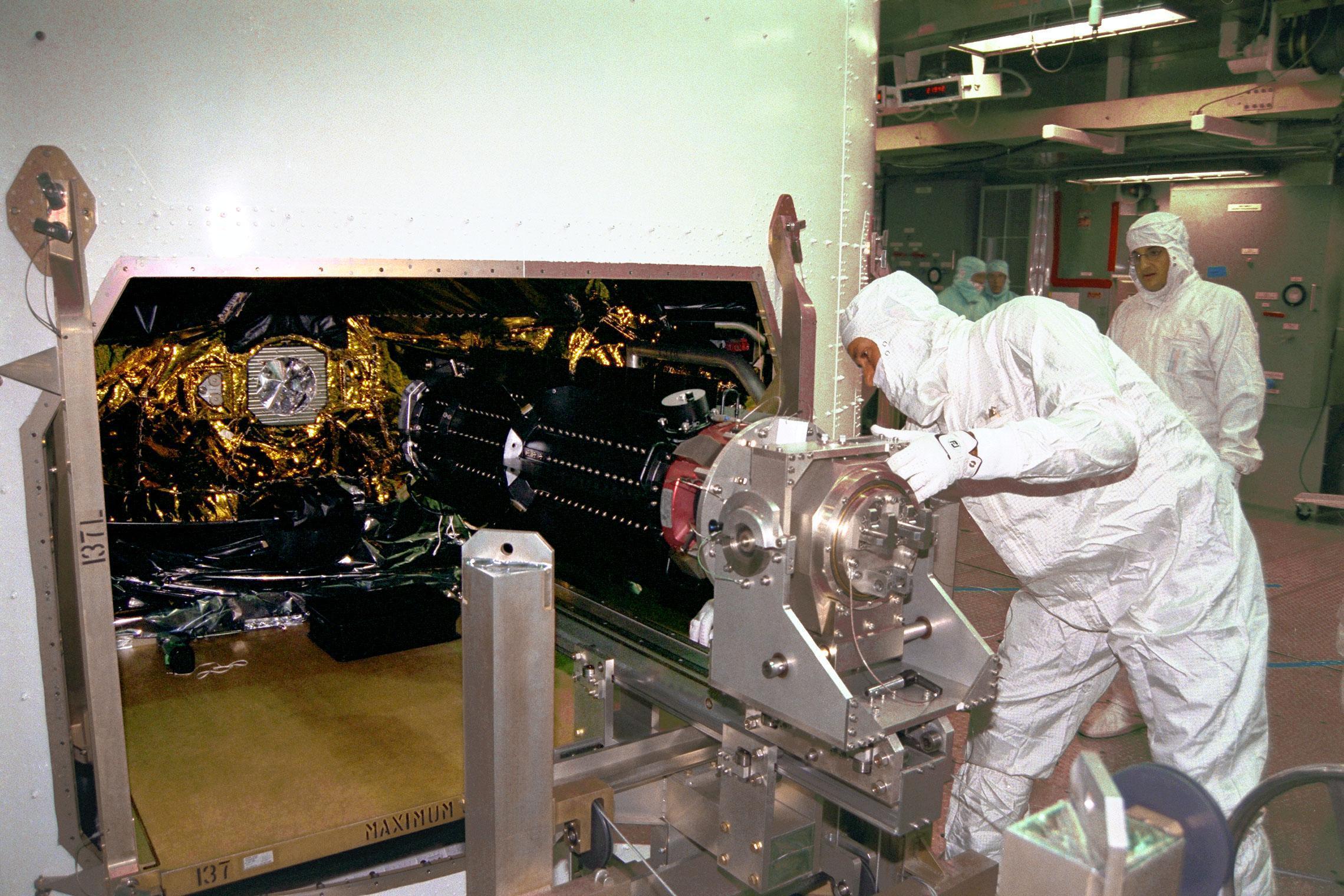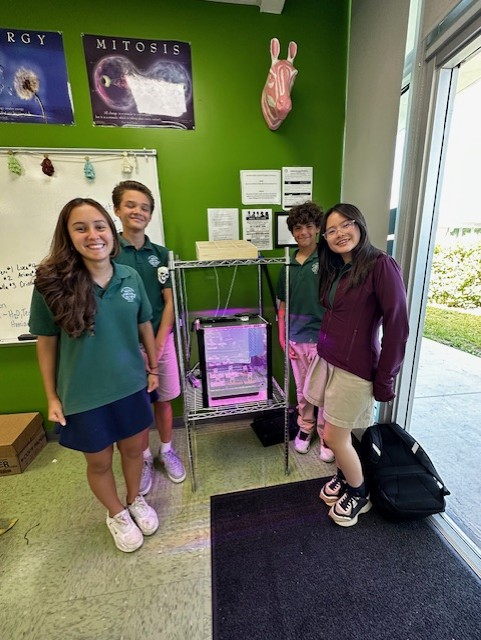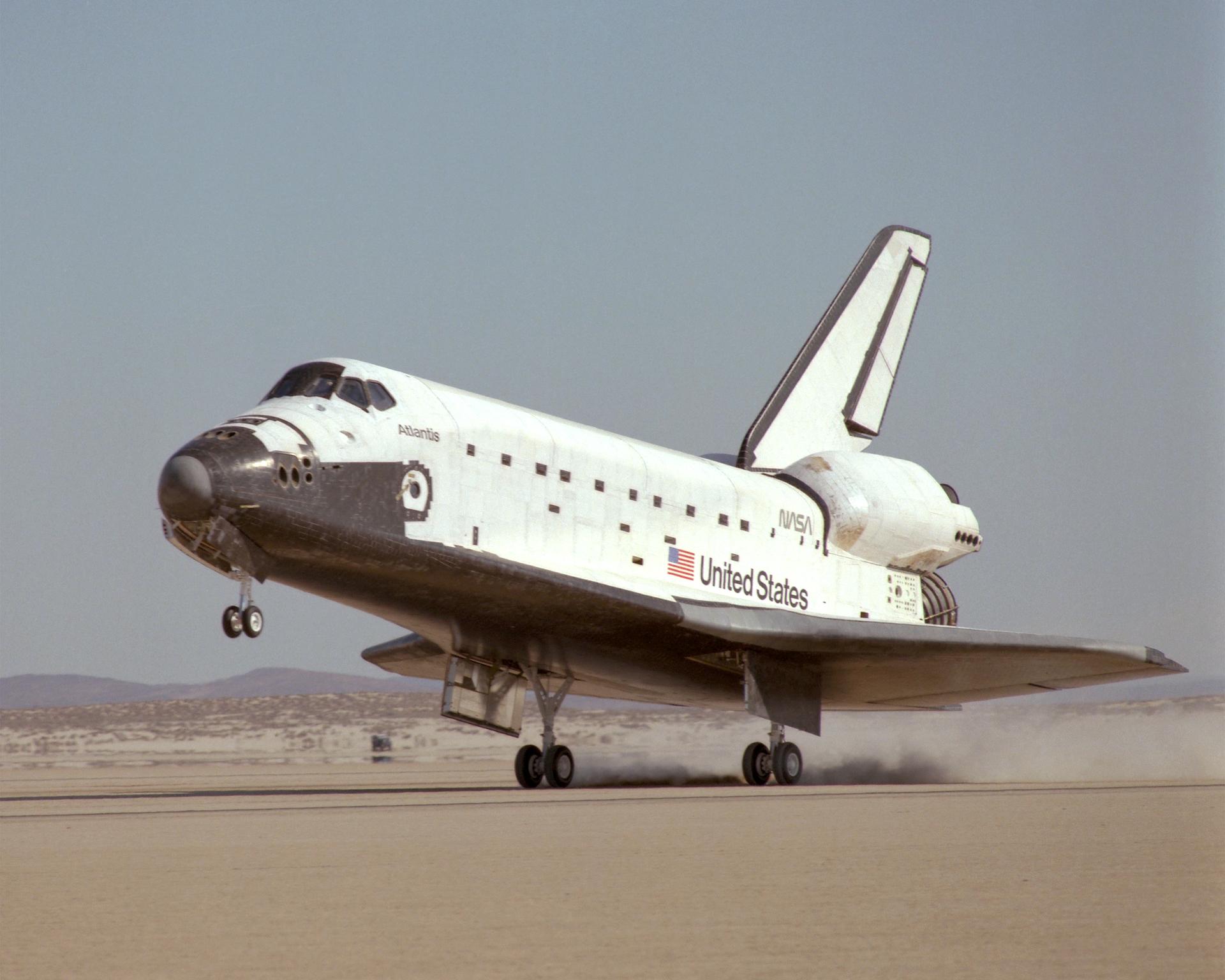This article is for students grades 5-8.
The space shuttle was NASA’s space transportation system. It carried astronauts and cargo to and from Earth orbit. The first space shuttle flight took place April 12, 1981. The shuttle made its final landing July 21, 2011. During those 30 years, the space shuttle launched on 135 missions.
What Did the Space Shuttle Do?
The space shuttle carried as many as seven astronauts at a time to and from space. In all, 355 people flew on the shuttle. Some of them flew more than one time. During its history, the space shuttle flew many different types of missions. It launched satellites and served as an orbiting science laboratory. Its crews repaired and improved other spacecraft, such as the Hubble Space Telescope. The shuttle also flew missions for the military. On its later missions, the space shuttle was mostly used to work on the International Space Station.
What Were the Parts of the Space Shuttle?
The space shuttle had three main parts. The first part was the orbiter. The orbiter was the large, white space plane where the crew lived and worked. It was the only part of the shuttle that flew into orbit. The orbiter also had a payload bay for carrying cargo into orbit. Five different orbiters took turns flying into space. The second part of the shuttle was the external tank. This was the large orange fuel tank that was attached to the bottom of the orbiter for launch. The third part was actually two pieces. A pair of white solid rocket boosters provided most of the thrust for the first two minutes of a shuttle launch. The solid rocket boosters were long and thin.
How Did the Space Shuttle Launch and Land?
The space shuttle took off like a rocket. The solid rocket boosters and the main engines on the orbiter provided the thrust, or push, for launch. The solid rocket boosters burned for about two minutes. Then the boosters dropped from the shuttle and fell into the ocean. Special boats brought them back so they could be used again. The shuttle’s main engines fired for another six minutes. The external tank dropped off the orbiter and then burned up in Earth’s atmosphere. At this point, the shuttle and its crew were in orbit.
The orbiter landed like a glider. While in orbit, it fired its engines to slow down. After re-entering Earth’s atmosphere, it glided in for a landing on a runway. When the orbiter touched down on the runway, a parachute opened to help slow it down.
Where Are the Orbiters Now?
NASA had been using three orbiters when the space shuttle program stopped. They were Discovery, Atlantis and Endeavour. These three orbiters are now in museums for the public to see. Discovery is on display at the Smithsonian’s Steven F. Udvar-Hazy Center, in Chantilly, Va. Atlantis is at Kennedy Space Center’s Visitor Complex in Florida. The California Science Center in Los Angeles is Endeavour’s new home. During the shuttle program, two orbiters, Columbia and Challenger, were lost due to accidents. One other orbiter, Enterprise, never flew into space. It was built to test how the orbiters would work and is on display in New York City at the Intrepid Sea, Air & Space Museum.










